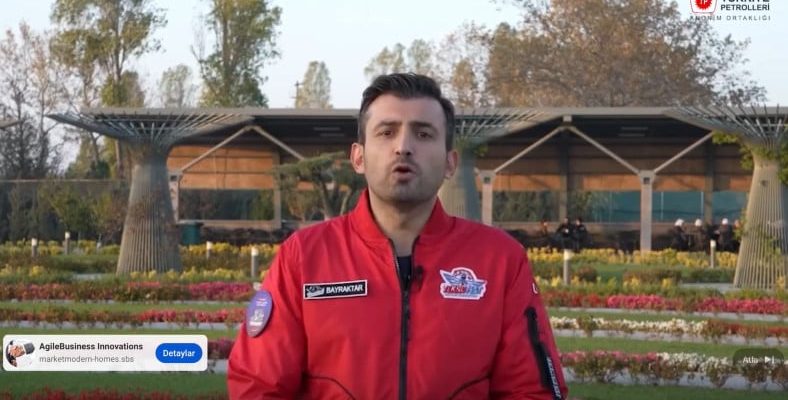YouTube ads made with deepfake technology can deceive people by using the names of important people and institutions. Finally, the voices of people such as Selçuk Bayraktar and Burak Özçivit were used in such advertisements.
deceiving people one of the easiest methods, is to use someone they trust or like as an intermediary. Because scammers absorb this information more than even scientists working in the field of social sciences, they somehow also target famous and popular people. in their own operations They try to use it. In the last example we saw, some people tried to deceive people by using deepfake samples, which did not seem very successful.
Beware of scammers who clone voices
Of course, in very long advertising videos Huge profits with a small investment is promised. For example, in a video in which Selçuk Bayraktar’s voice was cloned, it is noticeable that the texts are generally of poor quality. The story in the ad is as follows: A man with a lot of debt becomes unemployed and goes and invests in the company in the ad. The person who receives 37 thousand TL in dividends in a week moves to a 3+1 house in the Bebek area and buys a new television for the house. Afterwards, holidays come and go, he lives a life of luxury.
Of course There is no such investmentAt the end of the video, people are directed to an investment expert. This expert will withdraw from the market after receiving enough money, disappearing into the secret Of course, there is no need to say that it will disappear. The purpose of these videos is nothing but to deceive people.
RELATED NEWS
TRT Haber’s Giving Completely Wrong Information While Trying to Warn Against Internet Fraudsters Became Trendy: Here’s the Truth
On the basis of such content, especially financial knowledge is limited, the psychology of people who need additional resources is targeted. These fraud attempts, which are generally operated as pyramid schemes, can cause losses to large masses. Be careful of such videos and fraudulent methods.
